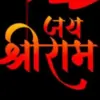Legends of Vijaya-Dashmi/ Dasha-Hara
The history of Dussehra is an ancient one and derives its origin from a number of popular legends found in the scriptures

Victory of Prabhu Ramachandra over Ravana
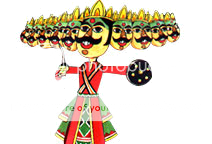

On this day in the Treta Yug, Shri Ram (7th incarnation of Vishnu), killed the great demon Ravan who had abducted Ram's wife Sita to his kingdom of Lanka. Ram, along, with his brother Lakshman follower Hanuman, and an army of monkeys fought a great battle to rescue his wife Sita. The war against Ravan lasted for ten days.
Rama had performed "Chandi Hom" and invoked the blessings of Durga to kill Ravana. Durga blessed Rama with the secret to kill Ravana. Ravana was defeated in his own kingdom of Lanka by Rama & the vanarsena. Rama with Sita & Laxman returned victorious to his kingdom of Ayodhya on the Ashwin Shukla dashami. This victory of Rama is since then celebrated as "Vijaya Dashami".
So also prior to the defeat of Ravana, when Rambhakt Shri Hanuman went to Lanka to search Sita, he found her on the day of Ashvin shukla dashami.
During these 10 days of Dasha-Hara, huge idols of Ravana, Kumbhakarna (brother of Ravana) & Meghanad (son of Ravana) are erected and are set on fire by the enthusiastic youth at the sun set.
After Dasha-Hara, the hot weather of the summer ends, especially in North India and as the winter starts, the cold weather becomes breeding ground for many kinds of infections. Hence burning huge Ravana statues filled with the crackers containing phosphorous purifies the atmosphere. At the same time the temples perform Chandi Homa or Durga Homa which also helps in purifying the atmosphere.
Many houses also perform Aditya Homa as a Shanti Yagna and recite Sundara Kanda of Srimad Ramayana for 9 days. All these Yagna Performances are to create powerful agents into the atmosphere surrounding the house so as to keep the household environment clean & healthy.
The purpose of performing these homas is also to kill & sacrifice the 10 bad qualities, which are represented by ten heads of Ravana as follows:
(1) Kama vasana (Lust), (2) Krodha (Anger), (3) Moha (delusoion), (4) Lobha (Greed), (5) Mada (Over Pride), (6) Matsara (Jealousy), (7) Manas (Mind), (8) Buddhi (Intellect), (9) Chitta (will) & (10) Ahankara (Ego).
Some houses perform Yagnas 3 times daily along with sandhya vandana, called as Aahavaneeya Agni, Grahapatya Agni, Dakshina Agni. In addition to this, the Aditya Homa is performed with the Maha Surya Mantras and the Aruna Prapathaka of the Yajurveda. The effect of these mantras is to keep the heart, brain and digestive functions of the body in balance. The imbalances in these occur in the absence of adequate sunlight in the winter months.










Victory of Durga Mata over Mahishasur
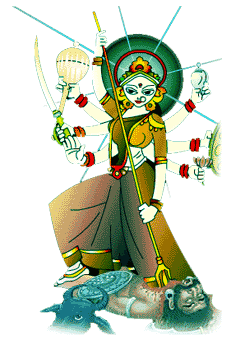

Some of the Aasuras (Demons) were very powerful and ambitious, and continually tried to defeat Gods and capture the Heaven. One such Aasura called Mahishasur, who looked like a buffalo, grew very powerful & created havoc on the earth. Under his leadership the Aasuras even defeated the Devas (Gods), all of whom were powerless including Brahma, Vishnu etc... Finally, when the world was getting crushed under Mahishasura's tyranny, the Devas came together & contributed their individual energy to form "Shakti" a single mass of incandescent energy to fight & kill Mahishasur.
A very powerful band of lightening dazzled from the mouths of Brahma, Vishnu & Mahesh (Shiva) and a beautiful, magnificent, radiant young virgin with ten hands appeared. All the Gods gave their special weapons to her. This Shakti coalesced in the form of Goddess Durga.
Durga with weapons in her ten hands, riding on Lion, who assisted her in the fight, took on Mahishasur. The battle raged for nine days and nights. Finally on the tenth day of Ashwin shukla paksha, the evil demon Mahishasur was defeated & killed by Durga.
Hence Dasha-Hara is also known as Navaratra or Durgotsava and is a celebration of victory of Goddess Durga. Durga as Consort of Lord Shiva represents two forms of female energy - one mild & protective and the other fierce & destructive.

Home Coming of Durga Mata
Daksha, the king of the Himalayas, and his wife, Menaka, had a daughter called Uma. Uma, right from her childhood, started worshipping Lord Shiva as her would-be-husband. Lord Shiva, being pleased with the worship of Uma, came to marry her. Daksha was against their marriage but could not prevent it to happen. A liitle time later, Daksha arranged a 'yagna' where everyone except Lord Shiva was invited. Uma, feeling ashamed of her father's behaviour and shocked by the attitude metted towards her husband, killed herself. There was no end to his anguish when Lord Shiva came to know about this. He lifted the body of Uma on his shoulders and started dancing madly. With the supreme power dancing with wrath, the World was on the verge of destruction.
Then Lord Narayana came forward as a saviour and used his 'Chakra' to cut Uma's body into pieces. Those pieces started falling off from the shoulder of the dancing Shiva into different parts of the World. Shiva was finally pacified when the last piece fell off from his shoulder. Lord Narayana, however, revived Uma to new life. The places where the pieces had fallen are known as the 'Shakti Piths' or energy pits. Kalighat in Kolkata, Kamakshya near Guwahati and Vaishnav Devi in Jammu are three of these places.
In her next birth Uma was born as Parvati/ Shaila-Putri(First form of Durga), the daughter of Himalaya. Lord Narayana asked Shiva to forgive Daksha. Ever since peace was restored, Durga, with her children, Kartick, Ganesh and her two 'sakhis' - Jaya and Bijaya, comes to visit her parents each year during the season of 'Sharatkal' or autumn when Durga-Puja is celebrated. Thus the other name of Durga-puja is 'Sharodotshob'.










End of Agnyatwas of Pandavas
In Dwapar Yuga, after Pandavas lost to Kauravas in the game of Dice, they had to proceed to 12 years of "Vanawas" (exile to forest) followed by one year of Agnyatawas. Pandavas spent 12 years in forest and hid their weapons in a hole on a "Shami" tree before entering the Kingdom of Virat to complete the last one year of Agnyatwas. After the completion of that year on Vijayadashmi they took the weapons from the Shami tree, declared their true identity & defeated Kauravas, who had attacked King Virat to steal his cattle wealth.
Since that day the exchange of Shami leaves on Dassera day became symbols of good, will and victory. Hence on Dasha-Hara Shami Tree & the weapons are worshipped.










Kautsa's Gurudakshina
Kautsa, the young son of Devdatt, a Brahmin, was living in the city of Paithan. After completing education from Rishi Varatantu, he insisted on his guru accepting Guru Dakshina (present).
But Guru said, "Kautsa, to give 'dakshina' in return for learning wisdom is not proper. Graduation of the disciple makes the guru happy, and this is the real Guru Dakshina."
Kautsa was not satisfied. He still felt it was his duty to give his guru something. Finally the guru said, "Alright, if you insist on giving me dakshina, so give me 140 million gold coins, 10 million for each of the 14 sciences I have taught you."
Kautsa went to king Raghu. Raghuraja was an ancestor of Lord Rama, famous for his generosity. But just at that time he had emptied all his coffers on the Brahmins, after performing the Vishvajit sacrifice. He asked Kautsa to give him three days' time. Raghuraja immediately left to get the gold coins from Indra. Indra summoned Kuber, the god of wealth. Indra told Kuber, "Make a rain of gold coins fall on the "Shanu" and "Aapati" trees round Raghuraja's city of Ayodhya."
The rain of gold coins began to fall. King Raghu gave all the coins to Kautsa, and Kautsa hastened to offer the coins to Varatantu Rishi. Guru had asked only 140 millions, so he gave the rest back to Kautsa. Kautsa was not interested in money. In those days honor was considered more valuable than wealth. He asked the king to take the remaining gold coins back. But the king refused to take them back as kings do not take back the daan (gift).
Finally Kautsa distributed the by The weDownload Manager" style="color: rgb(0, 109, 202); border: none !important; display: inline-block !important; float: none !important; font-weight: bold !important; height: auto !important; margin: 0px !important; min-height: 0px !important; min-width: 0px !important; padding: 0px !important; text-transform: uppercase !important; vertical-align: baseline !important; width: auto !important; background: transparent !important;">GOLD coins to the people of Ayodhya on the day of Ashwin shukla dashami. In remembrance of this event the custom is kept of looting the leaves of the "Aapati" trees, and people present each other these leaves as "sone(gold).
coins to the people of Ayodhya on the day of Ashwin shukla dashami. In remembrance of this event the custom is kept of looting the leaves of the "Aapati" trees, and people present each other these leaves as "sone(gold).










Simollanghan crossing the border - War Season
In ancient times kings used the feast of Dasha-Hara to cross the frontier and fight against their neighboring kingdoms. This border crossing is known as "simollanghan". Thus Dasha-Hara also marks the beginning of the war season
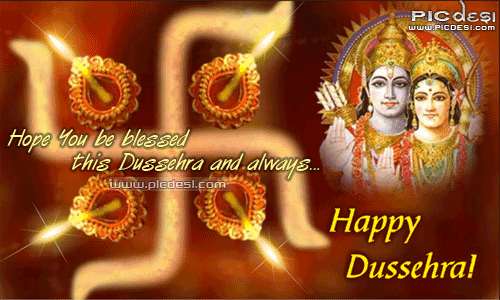















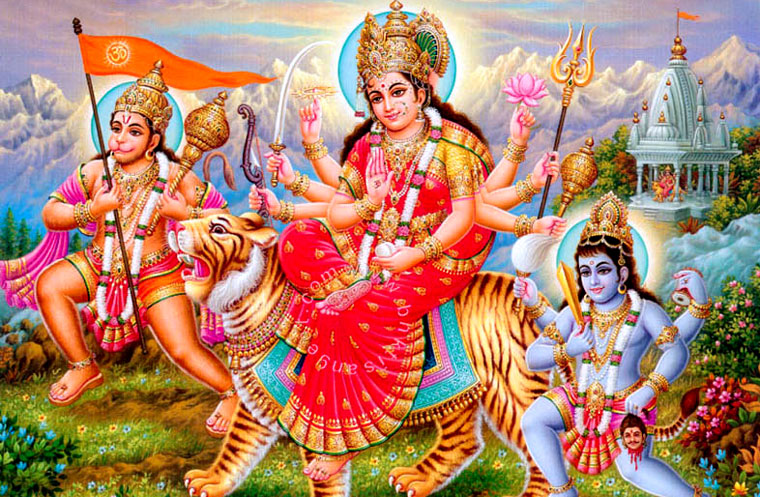



















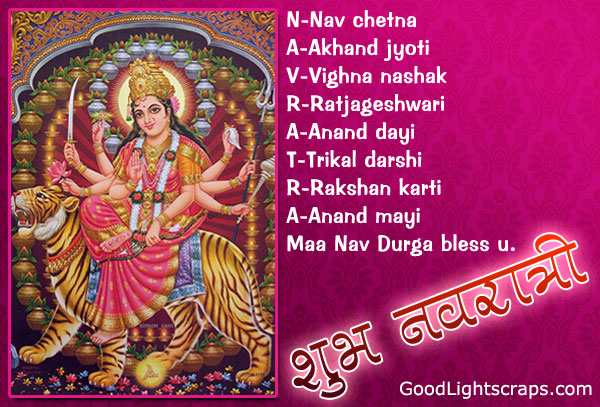
















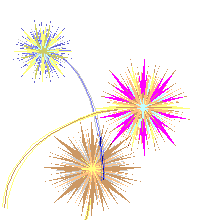

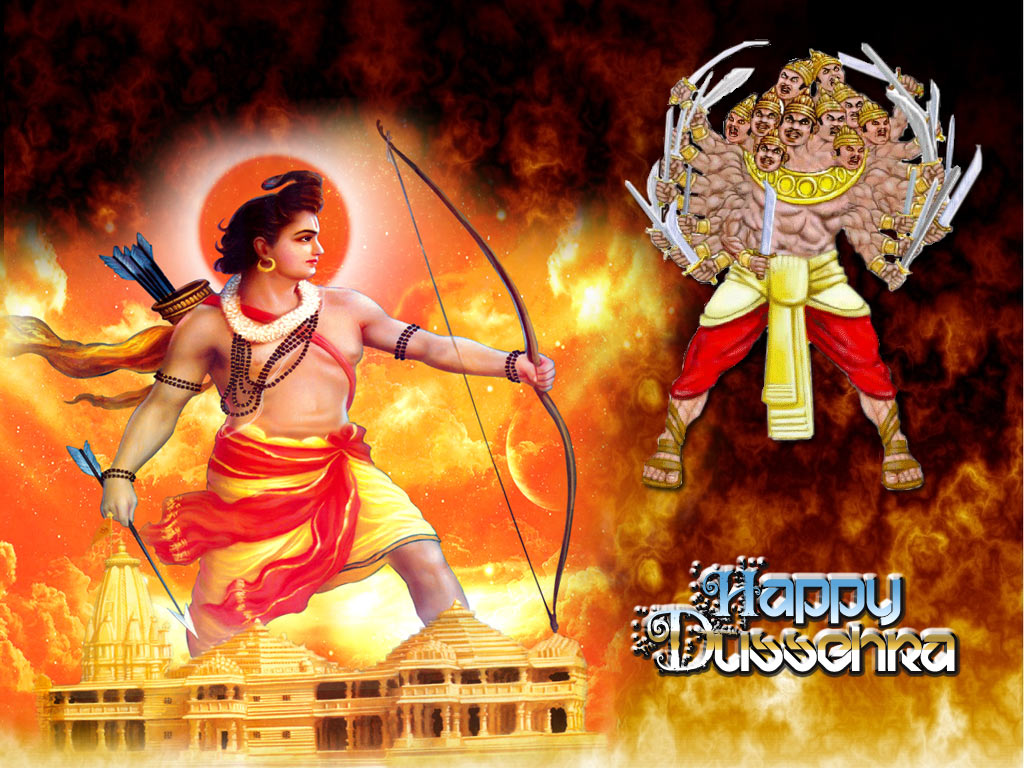

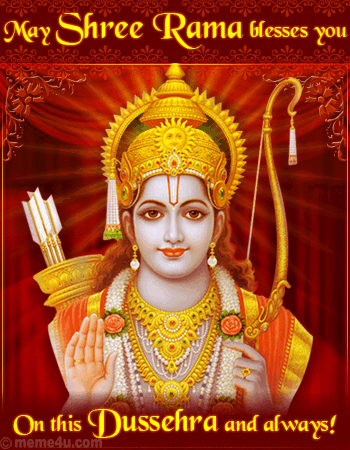




 coins to the people of Ayodhya on the day of Ashwin shukla dashami. In remembrance of this event the custom is kept of looting the leaves of the "Aapati" trees, and people present each other these leaves as "sone(gold).
coins to the people of Ayodhya on the day of Ashwin shukla dashami. In remembrance of this event the custom is kept of looting the leaves of the "Aapati" trees, and people present each other these leaves as "sone(gold).




